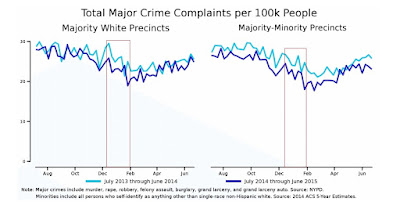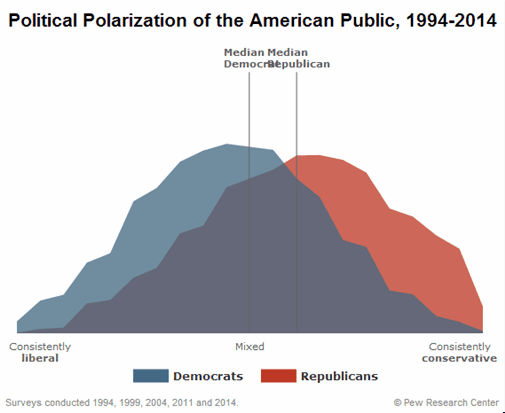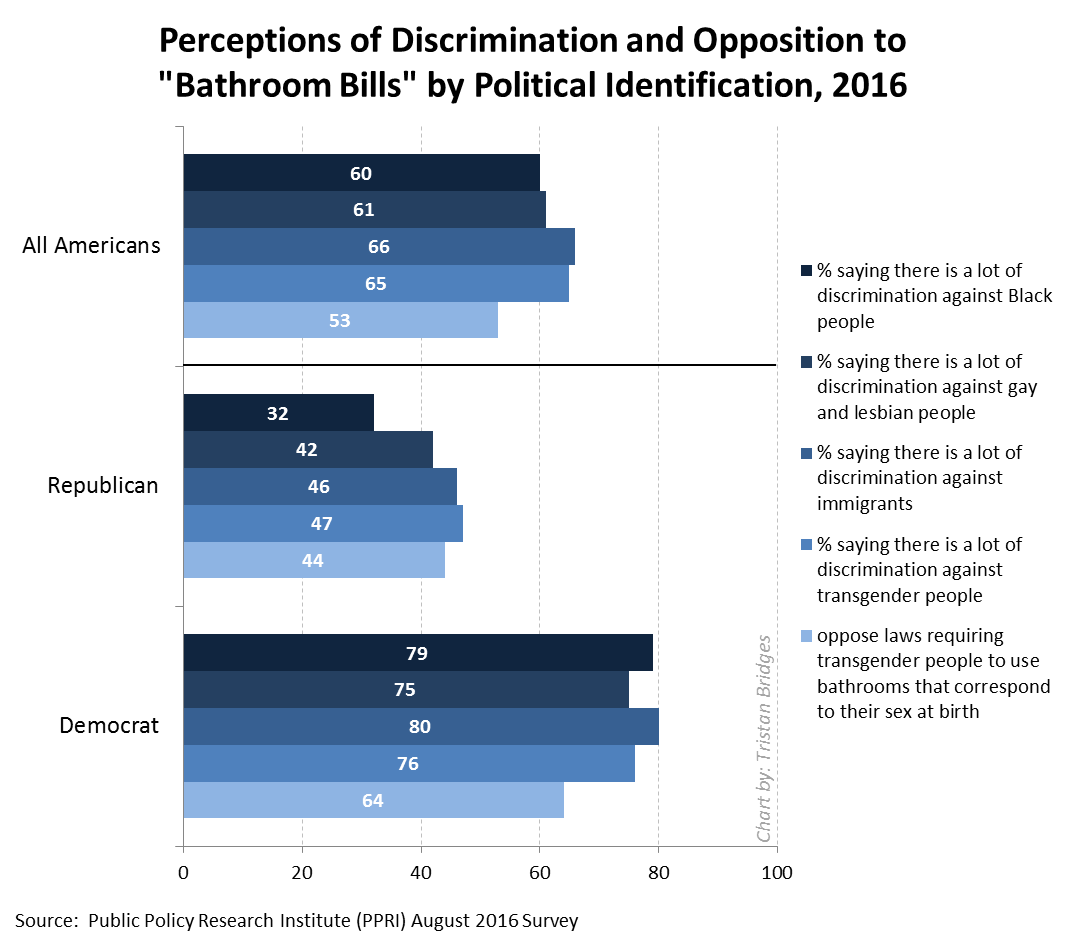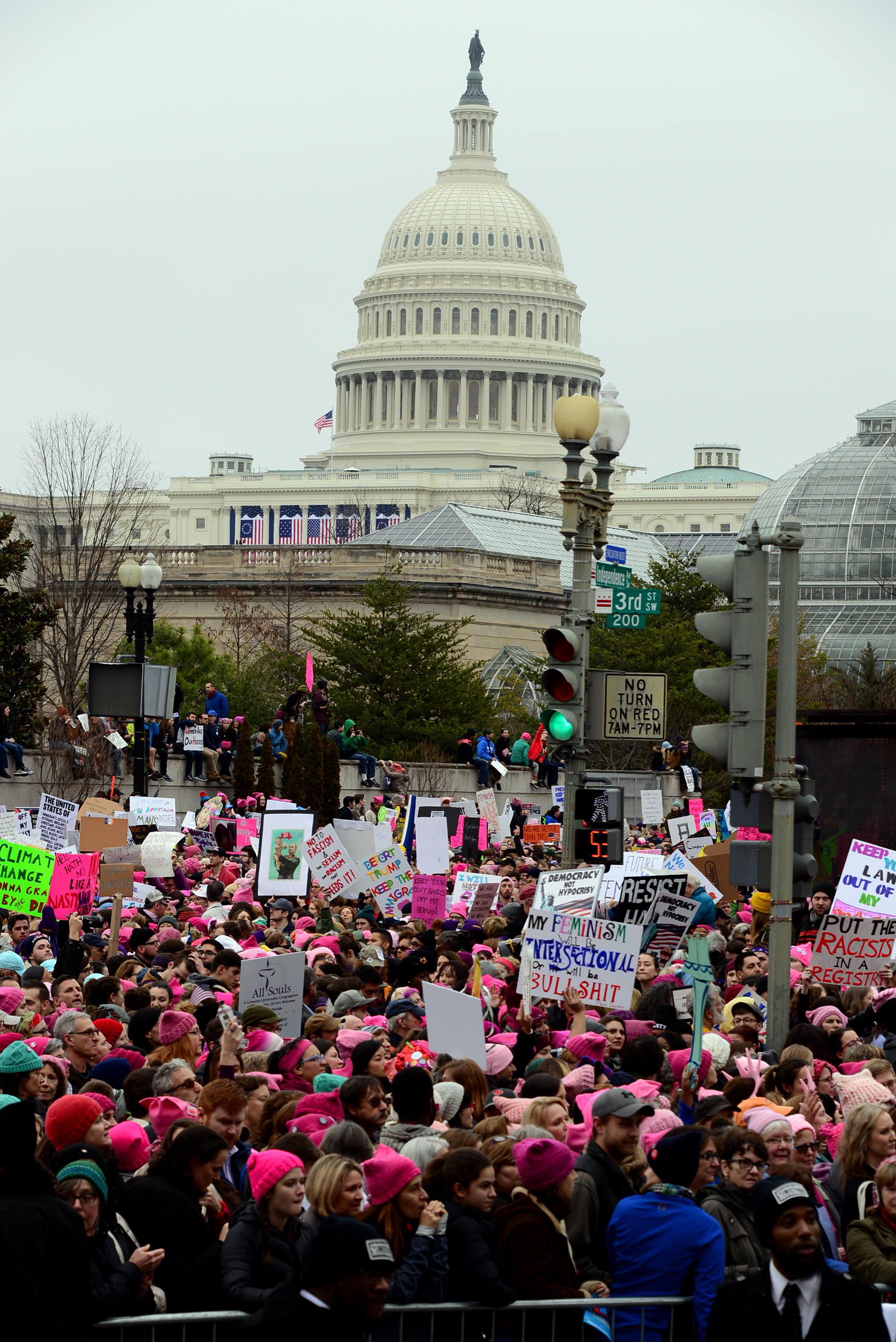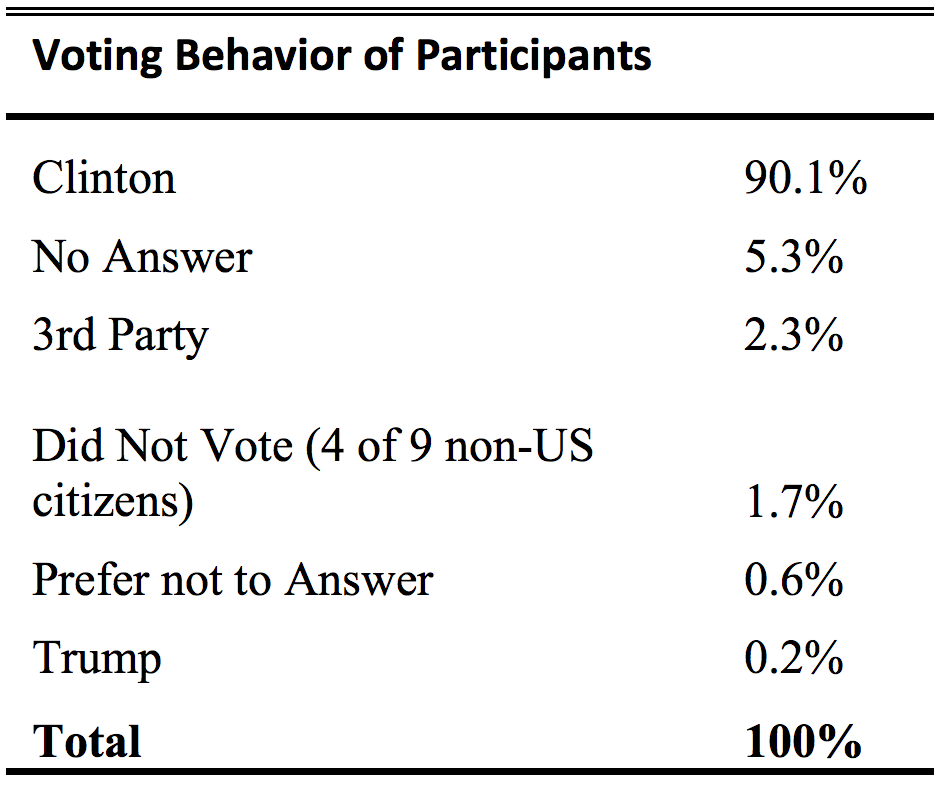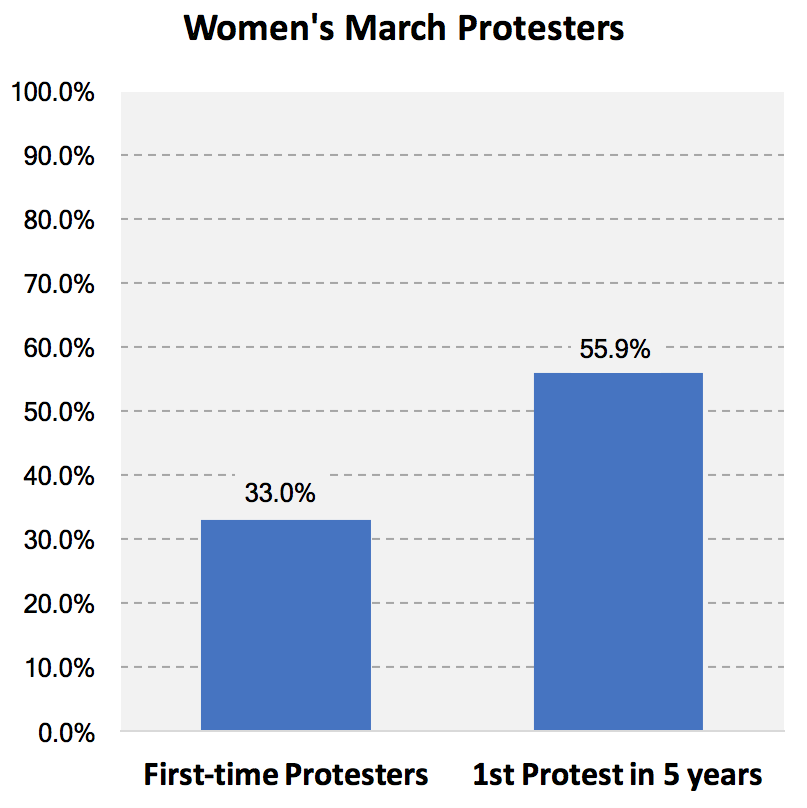Originally posted at Gin & Tacos.
If you want to feel old, teach. That movie quote is not wrong: You get older, the students stay the same age.
Your cultural references are all dated, even when you think things are recent (ex., The Wire is already ancient history. You might as well reference the Marx Brothers). You reference major historical events that they’ve sort-of heard of but know essentially nothing about (ex. the Cold War, Vietnam, the OJ Simpson trial, etc.) You do the math and realize that they were 3 when 9-11 happened. And of course it only gets worse with time. You get used to it.
One of the saddest moments I ever had in a classroom, though, involved Rodney King and the LA Riots. We just passed the 25th anniversary of those events that left such a mark on everyone who lived through them. Of course “25th Anniversary” is a bold warning that students, both college and K-12, will have only the vaguest sense of what the proper nouns refer to. A few semesters ago in reference to the Michael Brown / Ferguson incident I mentioned Rodney King in an Intro to American Government class. I got the blank “Is that a thing we are supposed to know?” look that I have come to recognize when students hear about something that happened more than six months ago. “Rodney King?” More blinking. “Can someone tell why the name Rodney King is important?”
One student, god bless her, raised her hand. I paraphrase: “He was killed by the police and it caused the LA Riots.” I noted that, no, he did not die, but the second part of the statement was indirectly true. God bless technology in the classroom – I pulled up the grainy VHS-camcorder version of the video, as well as a transcript of the audio analysis presented at trial. We watched, and then talked a bit about the rioting following the acquittal of the LAPD officers at trial. They kept doing the blinking thing. I struggled to figure out what part of this relatively straightforward explanation had managed to confuse them.
“Are there questions? You guys look confused.”
Hand. “So he was OK?”
“He was beaten up pretty badly, but, ultimately he was. He died a few years ago from unrelated causes (note: in 2012).”
Hand. “It’s kind of weird that everybody rioted over that. I mean, there’s way worse videos.” General murmurs of agreement.
“Bear in mind that this was pre-smartphone. People heard rumors, but it this was the first instance of the whole country actually seeing something like this as it happened. A bystander just happened to have a camcorder.” Brief explanation, to general amusement, of what an Old Fashioned camcorder looked like. Big, bulky, tape-based. 18-year-olds do not know this.
I do believe they all understood, but as that day went on I was increasingly bothered by that that brief exchange meant. This is a generation of kids so numb to seeing videos of police beating, tasering, shooting, and otherwise applying the power of the state to unarmed and almost inevitably black or Hispanic men that they legitimately could not understand why a video of cops beating up a black guy (who *didn’t even die* for pete’s sake!) was shocking enough to cause a widespread breakdown of public order. Now we get a new video every week – sometimes every few days – to the point that the name of the person on the receiving end is forgotten almost immediately. There are too many “Video of black guy being shot or beaten” videos for even interested parties to keep them all straight. Do a self test. Do you remember the name of the guy the NYPD choked out for selling loose cigarettes? The guy in suburban Minneapolis whose girlfriend posted a live video on Facebook after a cop shot her boyfriend in the car? The guy in Tulsa who was surrounded by cops and unarmed while a police helicopter recorded an officer deciding to shoot him? The woman who was found hanged in her Texas jail cell leading to the public pleas to “Say Her Name”?
These kids have grown up in a world where this is background noise. It is part of the static of life in the United States. Whether these incidents outrage them or are met with the usual excuses (Comply faster, dress differently, be less Scary) the fact is that they happen so regularly that retaining even one of them in long term memory is unlikely. To think about Rodney King is to imagine a reality in which it was actually kind of shocking to see a video of four cops kicking and night-sticking an unarmed black man over the head repeatedly. Now videos of police violence are about as surprising and rare as weather reports, and forgotten almost as quickly once passed.
Ed is an assistant professor in the Department of Political Science at Midwestern Liberal Arts University. He writes about politics at Gin & Tacos.




